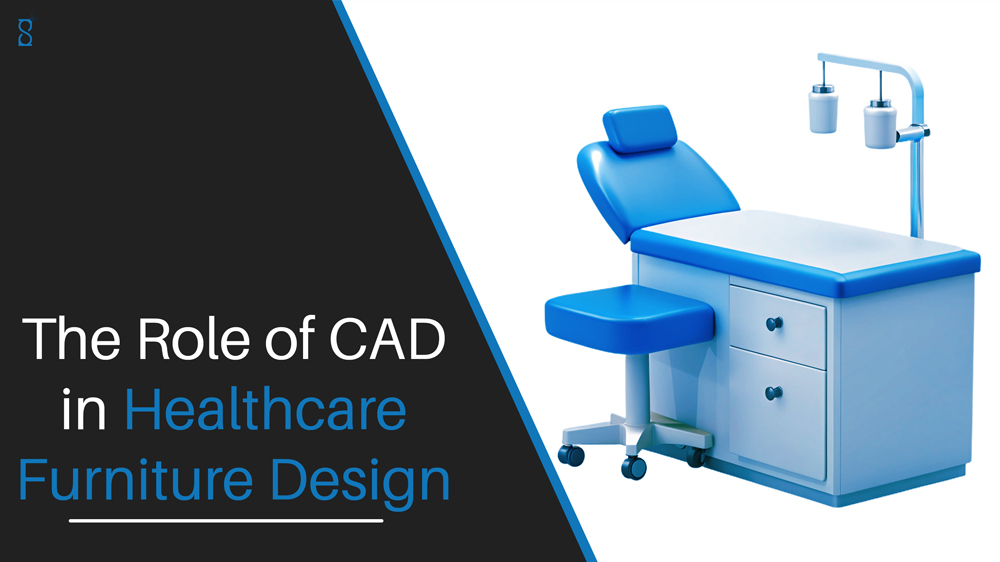
Sheet metal, a versatile and ubiquitous material, forms the backbone of countless products in our everyday lives. From car parts and appliances to building components and even furniture, sheet metal’s strength, workability, and affordability make it a popular choice across industries. But to translate your design vision into a functional and cost-effective sheet metal product, careful consideration during the design phase is crucial.
This blog post explores five essential tips to elevate your sheet metal design and ensure a smooth transition from concept to creation. By incorporating these principles, you can optimize your project for manufacturability, minimize costs, and achieve a high-quality end product.
1. Material Selection Matters: Choosing the Right Fit for Your Needs
The foundation of any successful sheet metal design services lies in selecting the appropriate material. Different metals offer unique properties in terms of strength, weight, corrosion resistance, and formability. Here’s a breakdown of key factors to consider:
- Application: What will the final product be used for? Its intended purpose will dictate the required strength, weight limitations, and exposure to elements.
- Formability: How easily can the sheet metal be bent, folded, or shaped into your desired form? Ductile metals like aluminum offer greater flexibility, while harder metals may require specialized techniques.
- Corrosion Resistance: Will the product be exposed to moisture, chemicals, or harsh environments? Opt for corrosion-resistant options like stainless steel or galvanized steel in such cases.
When in doubt, consult with a reputable Sheet Metal Design Services provider. Their expertise can help you identify the ideal material based on your specific project requirements.
2. Design with Standard Gauges in Mind: Optimizing Cost and Efficiency
Sheet metal comes in various thicknesses, often referred to as gauges. While customization exists, adhering to standard industry gauges whenever possible offers several advantages:
- Cost-Effectiveness: Standard gauges are readily available and often more affordable compared to special orders.
- Material Efficiency: Utilizing standard gauges minimizes material waste during fabrication, leading to cost savings.
- Manufacturing Speed: Fabrication shops are familiar with working with standard gauges, streamlining the production process.
Research commonly available sheet metal gauges for your chosen material. Sheet Metal Design Services can also advise on the optimal gauge for your design’s structural needs.
3. Embrace Simplicity in Bends: Ensuring Clean Folds and Avoiding Issues
Bending is a fundamental sheet metal fabrication process. Here’s how to ensure your bends translate smoothly from design to reality:
- Minimum Bend Radius: Every sheet metal material has a minimum bend radius, the tightest it can be folded without cracking or weakening. Respect these limitations during design to maintain structural integrity.
- Bend Relief Slots: When incorporating sharp bends, consider adding strategically placed slots to prevent cracking. These slots allow for material relaxation during the bending process.
- Consistent Bend Direction: Whenever possible, design bends to occur in the same direction on a single plane. This simplifies fabrication and reduces the risk of errors.
Sheet Metal Design Services can analyze your design and suggest optimal bend configurations to ensure a successful fabrication process.
4. Strategically Manage Tolerances: Balancing Precision with Manufacturability
Tolerances define the acceptable variation in dimensions for your sheet metal parts. While tighter tolerances ensure a precise fit, overly stringent specifications can significantly increase fabrication costs and lead to production delays.
- Identify Critical Dimensions: Focus on maintaining tight tolerances for dimensions crucial to the functionality of your design.
- Relax Non-Critical Dimensions: Allow for slightly looser tolerances on dimensions that don’t directly impact performance. This can streamline manufacturing without compromising quality.
- Standardize Hole Sizes: Utilize standard drill bit sizes whenever possible to simplify fabrication and reduce tooling costs.
When working with Sheet Metal Design Services, discuss your tolerance requirements and collaborate to find the right balance between precision and manufacturability.
5. Leverage Design for Manufacturability (DFM) Principles: Streamlining Production
Design for Manufacturability (DFM) is a philosophy that emphasizes designing products with ease of fabrication in mind. By incorporating DFM principles, you can significantly improve the efficiency and cost-effectiveness of your sheet metal project:
- Minimize Complexities: Break down intricate designs into simpler components whenever possible. This reduces fabrication time and the potential for errors.
- Nesting Efficiency: During the cutting process, aim to maximize material usage by nesting parts together efficiently, minimizing scrap metal.
- Standardization: Utilize common sheet metal features like standard hole sizes, bend angles, and flange widths. This simplifies fabrication and reduces setup times.
Conclusion: Achieving Sheet Metal Design Success
By following these essential tips and partnering with a qualified Sheet Metal Design Services provider, you can transform your design vision into a high-quality, cost-effective, and manufacturable sheet metal product.
Ready to embark on your sheet metal design journey? Contact us today to discuss your project requirements and explore how our expertise can help you achieve success.








